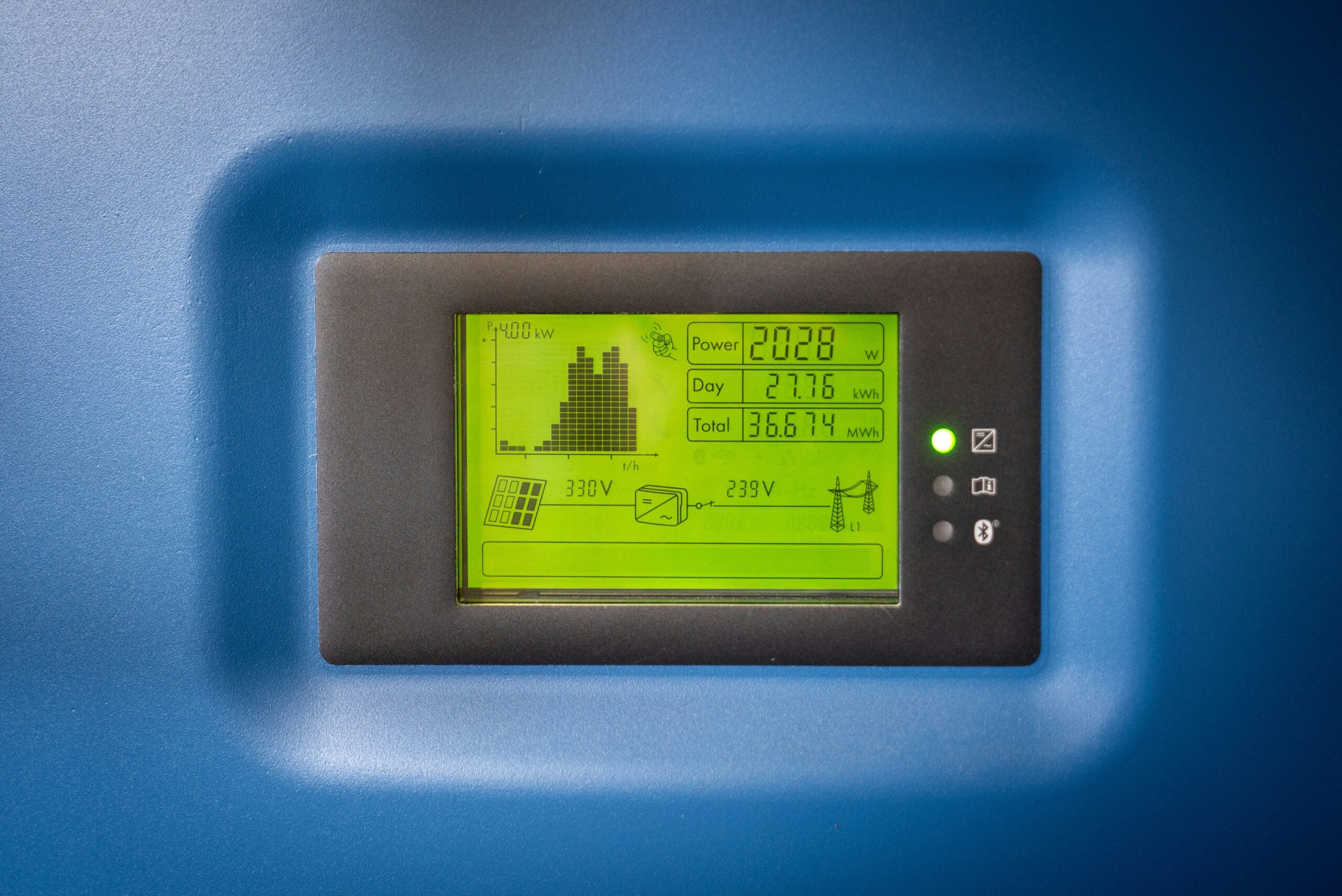Ever stared at your screen after an accidental system crash and whispered, “Why didn’t my monitoring kill switch save me?” Yeah, we’ve all been there. The frustration of losing hours of work or scrambling to resurrect crashed servers is real. That’s why learning how to *properly* upgrade your monitoring kill switch isn’t just a “nice-to-have” skill—it’s a necessity.
In this post, we’ll cover everything you need to know about upgrading your setup so that next time, you’re not panicking but triumphantly sipping your coffee instead. We’ll dive into the what, why, and how of kill-switch technology, step-by-step guides, best practices, and even some hard truths about when things go south (because spoiler alert—they can).
Here’s what’s coming up:
- Table of Contents
- Key Takeaways
- Why Monitoring Kill Switches Matter
- Step-by-Step Guide to Upgrading Your Kill Switch
- Tips & Best Practices for Smooth Operations
- Real-World Upgrade Success Stories
- Frequently Asked Questions About Kill Switch Tech
🔑 Key Takeaways
- A properly configured monitoring kill switch minimizes downtime and saves data.
- This guide walks through actionable steps—from choosing tools to troubleshooting mishaps.
- We share both pro-tips AND brutally honest lessons on where most people get it wrong.
Why Monitoring Kill Switches Matter 🛡️

Let’s face it: tech failures sound like nails on a chalkboard—especially if they disrupt productivity. One wrong line of code can spiral into disaster without safeguards in place. And let me tell you a quick confessional fail: once, I tried setting up a DIY kill switch using random scripts from forums… yeah, RIP server stability for two weeks.
Monitoring kill switches are designed to act as your digital safety net. They detect anomalies, shut down problematic processes, and prevent collateral damage. But here’s the kicker—these tools only work well if they’re tailored correctly during upgrades. Ignore them at your peril!
Why Upgrade?
Old-school setups often lack features like AI-driven alerts or multi-platform compatibility (think mobile apps integrated with desktop). When was the last time you updated yours? If the answer makes you cringe, congrats—you’re halfway to recognizing its importance!
How to Upgrade Like A Pro 🔧
Step 1: Choosing the Right Software
Optimist You: “There must be hundreds of options; pick one!”
Grumpy You: “Ugh, fine—but only if reviews and pricing don’t give me heartburn.”
Narrow down software based on compatibility with your current stack. Consider factors like scalability, community support, and ease of integration. Popular choices include:
- Zabbix: Open-source powerhouse.
- Datadog: Slick interface, cloud-first solution.
- Nagios: Classic standby with hardcore customization options.
Step 2: Installation & Testing

Installing is half the battle—it’s testing that separate amateurs from pros. Run simulations mimicking failure scenarios. For example:
# Simulate CPU overload stress-ng --cpu 4 --timeout 60s
If your kill switch doesn’t trigger appropriately, back to the drawing board!
Pro Tips for Smoother Operations 🚀
- Automate Alerts: Don’t waste precious seconds manually checking logs. Set up email/SMS notifications via services like PagerDuty.
- Document Everything: Keep notes on configurations and thresholds—it’s lifesaving during audits or emergencies.
- Beware Overkill: Terrible Tip Alert™: Avoid turning every minor blip into a full shutdown event. Balance sensitivity carefully.
Success Stories: Real-Life Kill Switch Wizardry 🌟
Take Sarah P., DevOps Lead at ScaleTech Inc.: After her team adopted Zabbix paired with automated scripts, their monthly downtime decreased by 73%. Before implementing robust upgrades, she admitted, “We were drowning in outages faster than my laptop fan whirrs under heavy load.”

Got Questions? Here Are Some Answers ⚙️
- What exactly is a monitoring kill switch?
- A mechanism that halts operations upon detecting critical errors, protecting systems.
- Is it worth upgrading old versions?
- Absolutely—if new versions offer advanced analytics or integrations missing in legacy tools.
- Can beginners handle these upgrades?
- Yes—with proper research and patience. Trust us, it beats another night lost chasing bugs.
Conclusion 📝
Gearing up your monitoring kill switch might seem daunting initially—but trust me, mastering it pays dividends. From reducing chaos to empowering smoother workflows, the right upgrades ensure peace of mind.
To recap:
- Prioritize compatible software.
- Rigorously test configurations.
- Balance automation with precision.
And finally, remember: Your tech deserves care like that Tamagotchi you swore would live forever. Nurture it daily.


